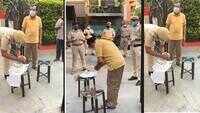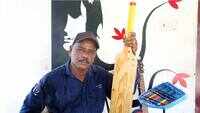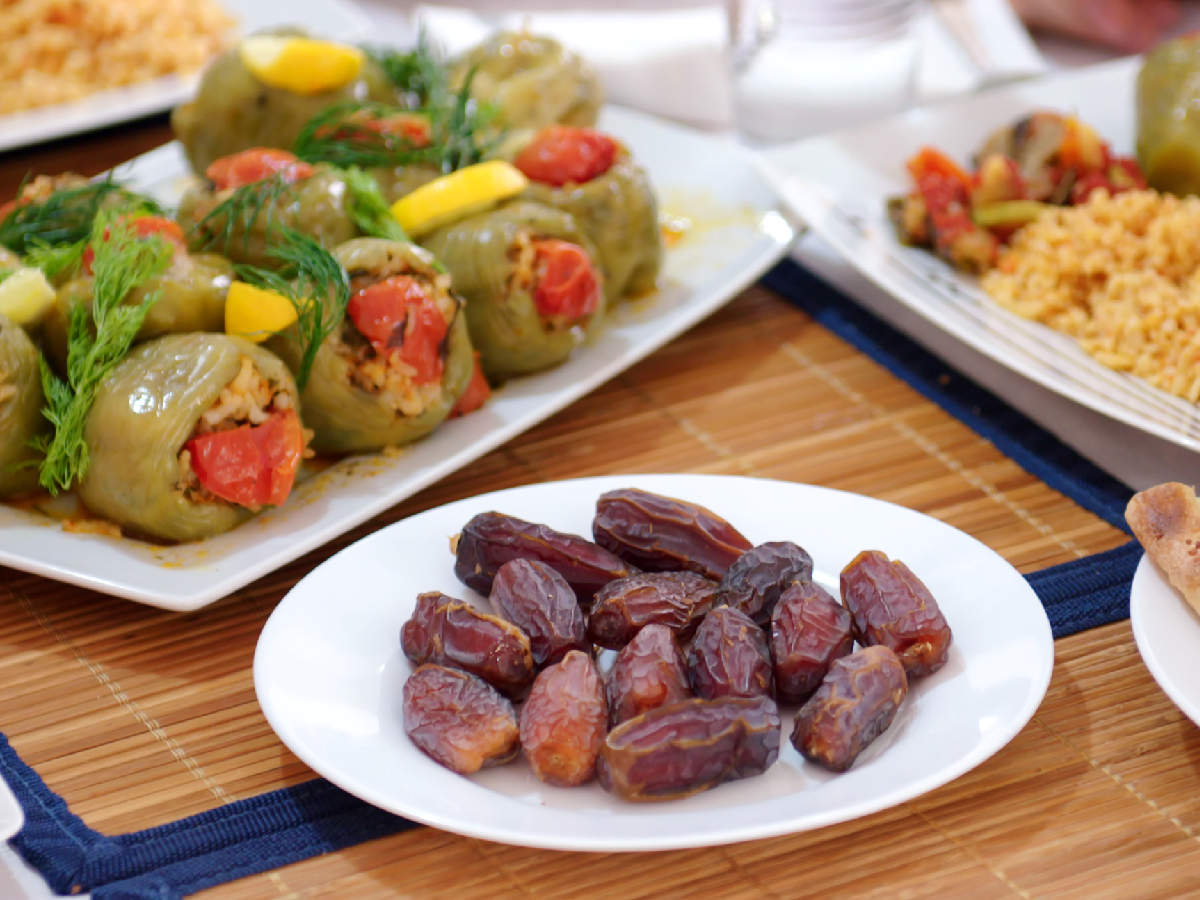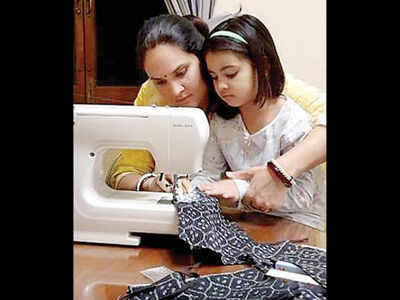
UDAIPUR: Nivritti Kumari Singh Deo (33), daughter-in-law of the erstwhile Mewar royals, is on a mission to making masks for over a month now. Having distributed more than 100 masks to the City Palace staff, Nivritti, a mother of two daughters, is ready to make more.
Her younger one is less than a year old, but she is resolute about the task at hand. Nivritti’s choice in textile is traditional. She has sewn colourful masks of ‘Bhandej’ and Sambhalpuri prints.

“I’m from Patna Bolangir in western Odisha and Sambalpuri is the traditional handwoven ikat fabric of the area. Now, Udaipur being my home (after getting married to Lakshya Raj Singh Mewar) and ‘Bandhej’ being the traditional tie-and-dye art of Rajasthan, I wanted to try something different with traditional textiles rather than just the run-of-the-mill stuff and as long as one incorporates the safety protocols, it’s okay,” says the cheerful lady, who loves to experiment with vibrant and colourful textiles.
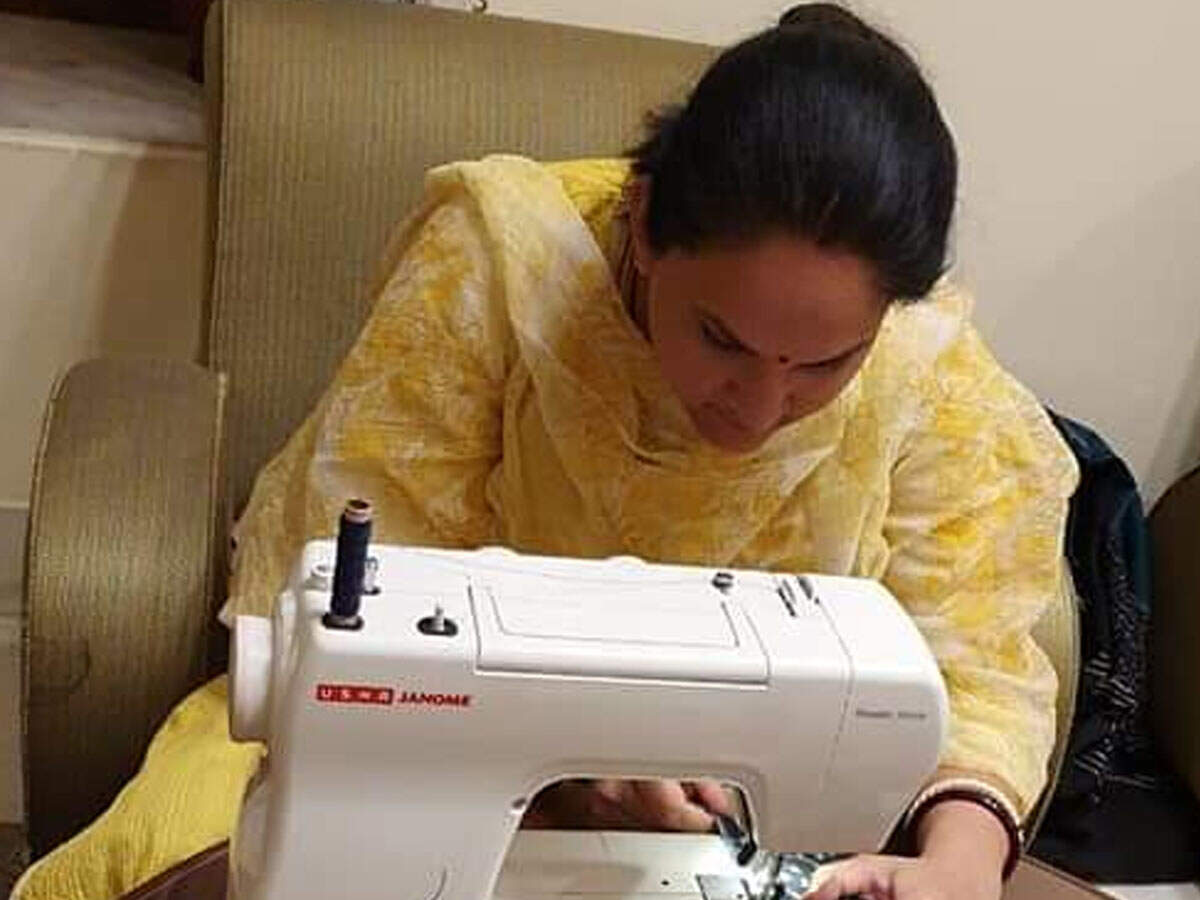
“The fabrics were easily available at home and the masks are all pure cotton, washable and re-usable,” she says. Being a home science student, stitching wasn’t too difficult for her. “I learnt sewing and knitting during home science classes at the Convent of Jesus and Mary, New Delhi. Over the years, I’ve managed to knit a couple of mufflers and sweaters and also done a bit of cross stitch,” she says.
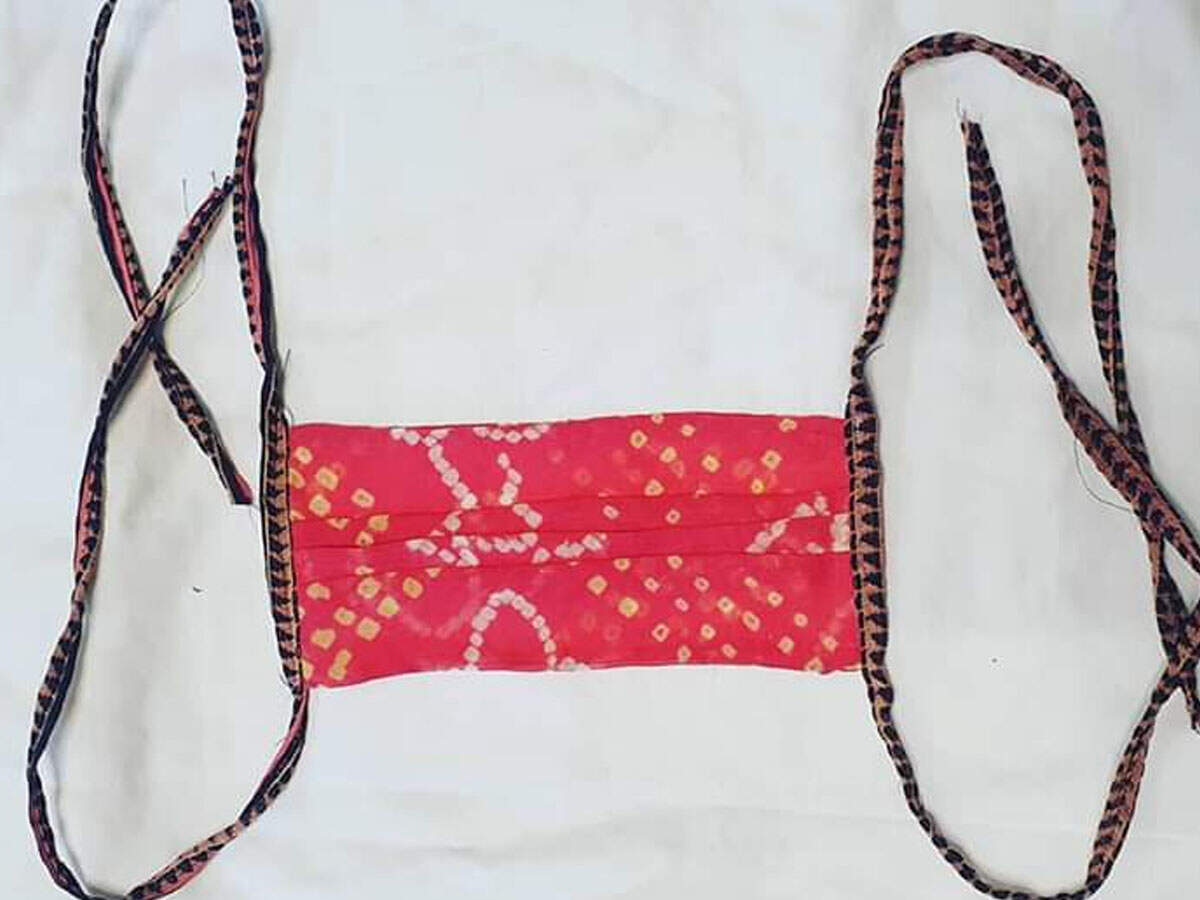
“It’s rather amusing but before embarking on my mask-making mission, I had to learn how to use the modern sewing machine from scratch, helped by the staff at home. This was followed by learning the art of mask making from an online video from the website called 'Good Housekeeping'. I have to confess that it has been a very therapeutic and rewarding experience,” she adds.
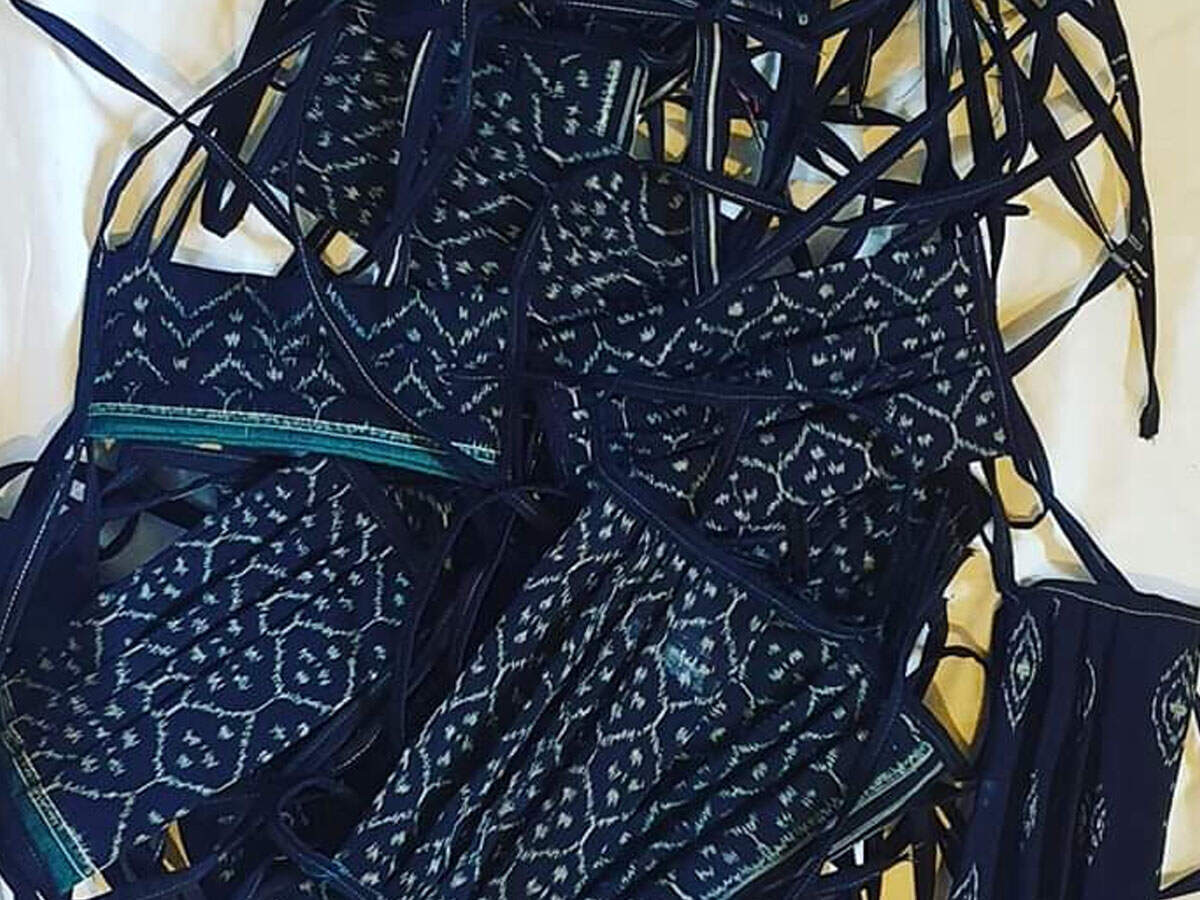
Legacy inspires
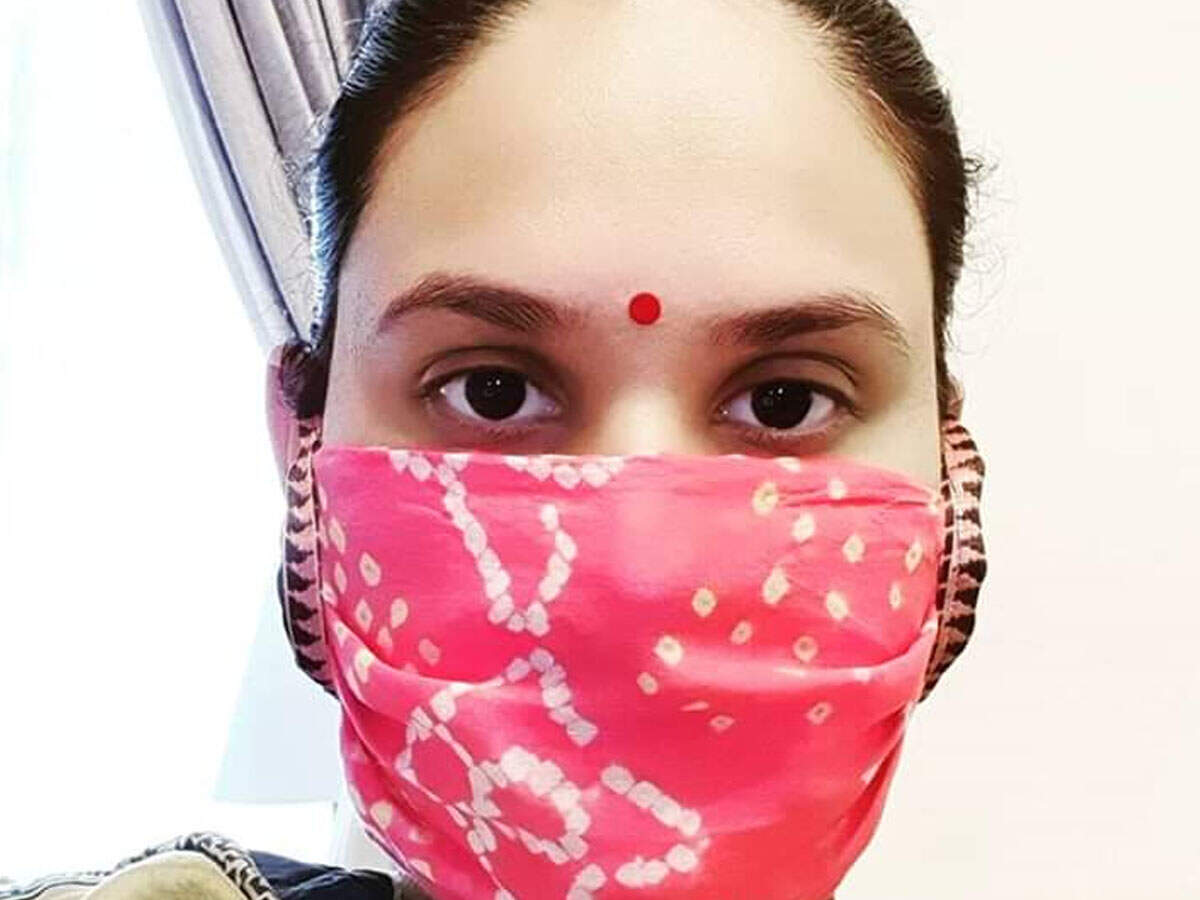
“During World War II, my great-grandmother Rajmata Kailash Kumari Devi of Patna Bolangir organised a group of ladies at the palace to knit sweaters and stitch uniforms for soldiers. They organised woollens, blankets and other provisions to be sent to Indian soldiers who were engaged in the war. So much so, that it became like a little cottage industry,” she says.
Her younger one is less than a year old, but she is resolute about the task at hand. Nivritti’s choice in textile is traditional. She has sewn colourful masks of ‘Bhandej’ and Sambhalpuri prints.

“I’m from Patna Bolangir in western Odisha and Sambalpuri is the traditional handwoven ikat fabric of the area. Now, Udaipur being my home (after getting married to Lakshya Raj Singh Mewar) and ‘Bandhej’ being the traditional tie-and-dye art of Rajasthan, I wanted to try something different with traditional textiles rather than just the run-of-the-mill stuff and as long as one incorporates the safety protocols, it’s okay,” says the cheerful lady, who loves to experiment with vibrant and colourful textiles.

“The fabrics were easily available at home and the masks are all pure cotton, washable and re-usable,” she says. Being a home science student, stitching wasn’t too difficult for her. “I learnt sewing and knitting during home science classes at the Convent of Jesus and Mary, New Delhi. Over the years, I’ve managed to knit a couple of mufflers and sweaters and also done a bit of cross stitch,” she says.

“It’s rather amusing but before embarking on my mask-making mission, I had to learn how to use the modern sewing machine from scratch, helped by the staff at home. This was followed by learning the art of mask making from an online video from the website called 'Good Housekeeping'. I have to confess that it has been a very therapeutic and rewarding experience,” she adds.

Legacy inspires

“During World War II, my great-grandmother Rajmata Kailash Kumari Devi of Patna Bolangir organised a group of ladies at the palace to knit sweaters and stitch uniforms for soldiers. They organised woollens, blankets and other provisions to be sent to Indian soldiers who were engaged in the war. So much so, that it became like a little cottage industry,” she says.
Quick Links
Kerala Coronavirus Helpline NumberHaryana Coronavirus Helpline NumberUP Coronavirus Helpline NumberBareilly NewsBhopal NewsCoronavirus in DelhiCoronavirus in HyderabadCoronavirus in IndiaCoronavirus symptomsCoronavirusRajasthan Coronavirus Helpline NumberAditya ThackerayShiv SenaFire in MumbaiAP Coronavirus Helpline NumberArvind KejriwalJammu Kashmir Coronavirus Helpline NumberSrinagar encounter
Get the app


